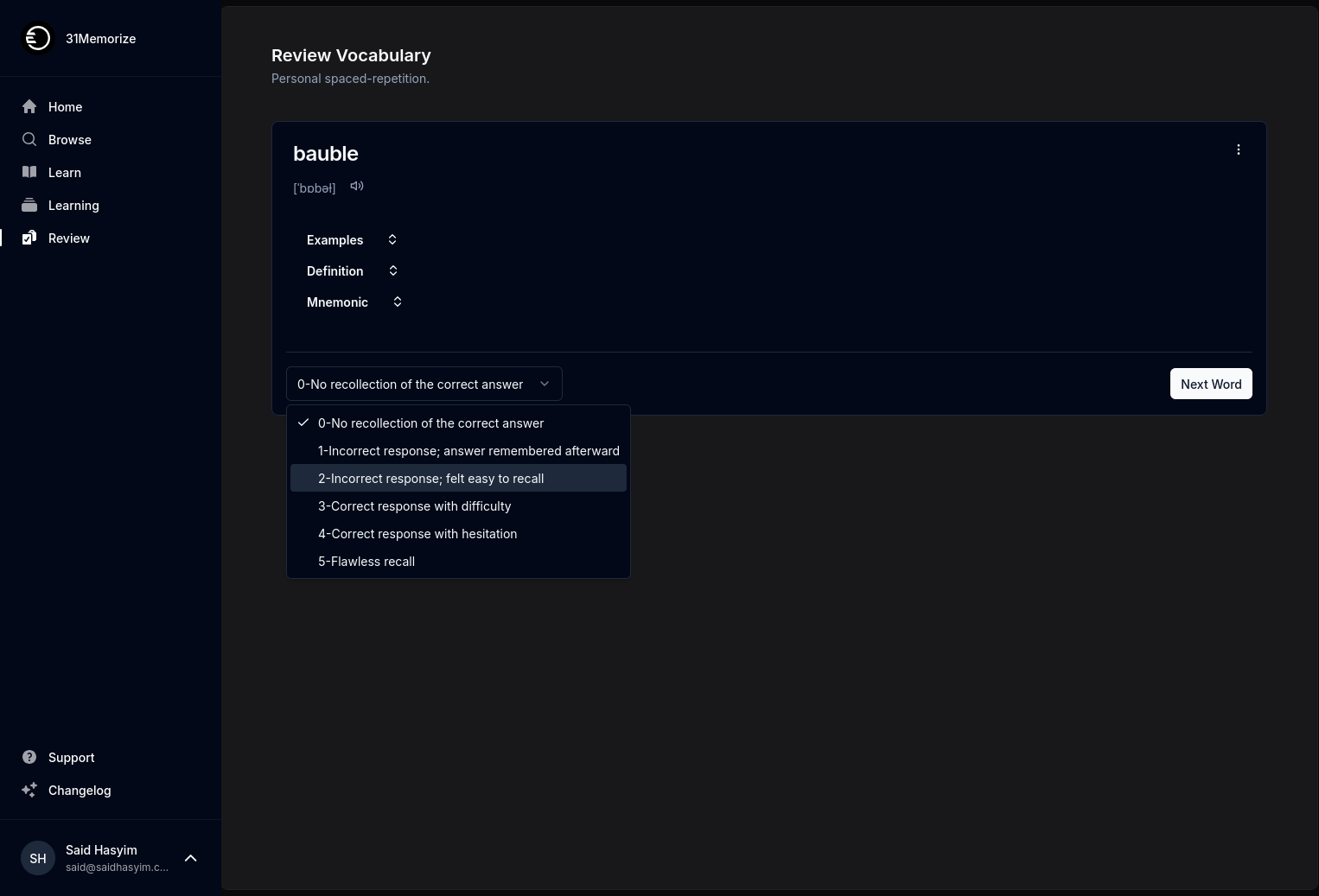Elevate Your Writing with Strategic Rating Insights
Writing is a powerful tool that can captivate, inform, and inspire readers. But what distinguishes mediocre writing from exceptional prose? The secret often lies in understanding and applying strategic rating insights. In this blog post, we'll explore how leveraging these insights can greatly enhance your writing and engage your audience more effectively.
Understanding Strategic Rating Insights
At its core, strategic rating insights involve the systematic evaluation of writing based on various criteria, often derived from feedback, analytics, or audience response. These insights can range from simple readability scores to more complex assessments involving tone, style, and audience engagement. The goal of incorporating these insights into your writing process is to create content that resonates deeply with your intended audience.
Why Are Strategic Rating Insights Important?
Objective Assessment: Feedback based on strategic ratings offers a clear, objective assessment of your writing. This detachment can help you identify strengths and weaknesses you may not see through a subjective lens.
Audience-Centric Writing: Understanding what works for your audience allows you to tailor your writing style and content to better meet their expectations, thus increasing reader engagement.
Continuous Improvement: Embracing insights can foster a mindset of continuous improvement. Each piece of feedback serves as an opportunity to refine your skills and approach.
Key Areas to Focus On
While ratings can vary widely based on the context of your writing, here are some critical areas to consider that can greatly influence the effectiveness of your content:
1. Clarity and Readability
Clarity is paramount in writing. If your audience struggles to understand your message, they are likely to disengage. Consider using readability formulas (like the Flesch-Kincaid score) to assess how easy your text is to read. Aim for simplicity without sacrificing depth—short sentences and straightforward vocabulary can go a long way.
Strategies:
- Use bullet points or numbered lists for better organization.
- Break up long paragraphs to avoid overwhelming the reader.
- Eliminate jargon without compromising on relevant details.
2. Tone and Style
Your tone and writing style should align with your audience's expectations. For instance, a formal tone may suit academic writing, while a casual, conversational style might engage blog readers better. Strategic ratings may help you identify if your tone is resonating with your audience or if it feels mismatched.
Strategies:
- Consider the demographics of your audience when choosing your tone.
- Read your work aloud to gauge the natural flow of your language.
- Seek feedback from peers to determine if your tone is resonant.
3. Structure and Flow
The structure of your writing can make a significant difference in reader engagement. A well-organized piece allows readers to navigate your thoughts effortlessly, while a disjointed structure may leave them confused. Utilizing strategic insights can show you if your articles maintain logical progression.
Strategies:
- Start with a clear thesis or main argument.
- Use headings and subheadings to guide readers through your content.
- Include transition words to ensure smooth flow between paragraphs.
4. Engagement and Relevance
Ultimately, your writing must engage your audience. Strategic rating insights often measure engagement levels through metrics like time spent on the page, comments, or shares. Understanding what captivates your audience can help in crafting relevant and appealing content.
Strategies:
- Share personal anecdotes or stories that enhance your message.
- Ask questions throughout your piece to encourage reader interaction.
- Utilize visuals alongside your text to break up content and enhance engagement.
Collecting and Analyzing Feedback
To genuinely elevate your writing with strategic rating insights, actively seek feedback and look for patterns in your writing's performance.
1. Peer Review
Share your drafts with trusted peers or writing groups. They can provide invaluable feedback that goes beyond mere grammar and syntax—pay attention to their ratings of clarity, tone, and structure.
2. Reader Analytics
Use analytics from your blog or publications to understand which pieces resonate most with your audience. Look for trends in top-performing articles and consider what makes those pieces successful.
3. Surveys and Polls
Consider conducting surveys or polls to gain direct insight from your audience. Ask them what they enjoyed or what they found confusing to refine your future content.
Conclusion
Elevating your writing through strategic rating insights may seem daunting at first, but the process can lead to remarkable improvements. By understanding and incorporating feedback regarding clarity, tone, structure, and audience engagement, you can craft exceptional content that resonates with your readers. Remember, great writing isn't merely about the words on the page but the connection you build with your audience.
As you embark on this journey, embrace an attitude of growth and curiosity. Writing is an art that can always be refined, and by harnessing strategic insights, you can transform your pieces into compelling narratives that not only inform but also inspire. Happy writing!
